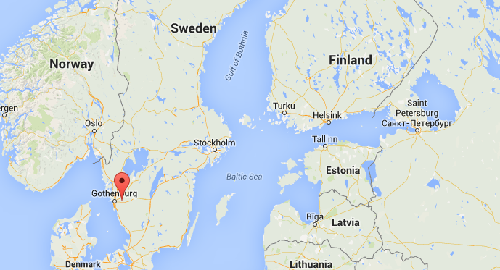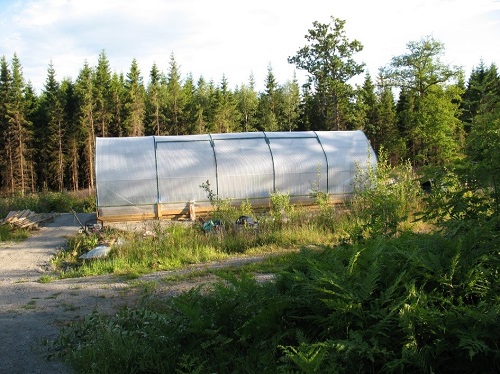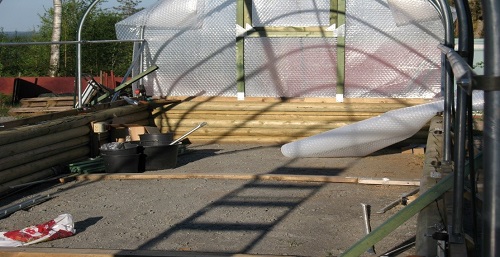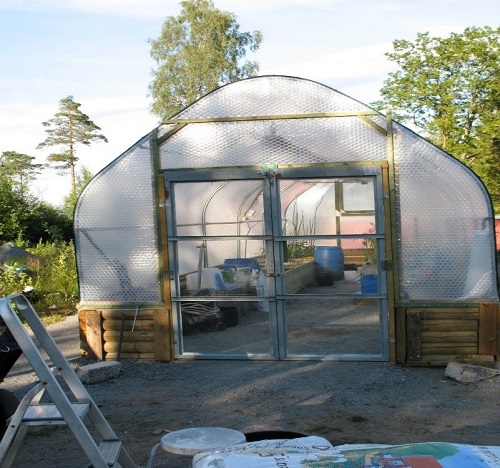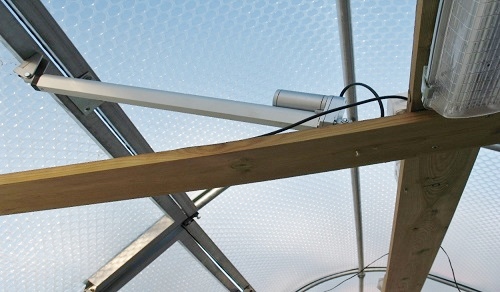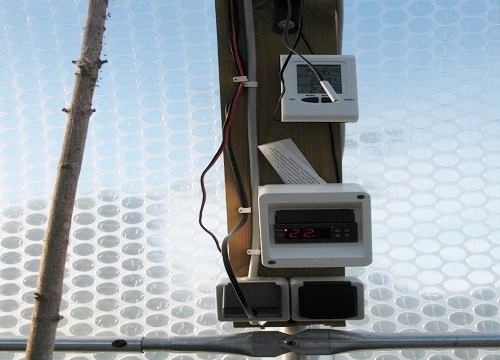Keder Ship To Sweden
Greenhouse design for Difficult Growing Conditions
Earlier this year, Keder Greenhouse were approached by a couple (retired civil engineers) living in Jordas in Sweden (30 miles east of Gothenburg), looking for a durable and efficient greenhouse design. Mr and Mrs Cedergren required a quality Keder Greenhouse to withstand the difficult growing conditions.
Jordas is 250 meters above sea level, on top of a mountain ridge. It is part of the Smaland plateau, which is known for icy temperatures below zero, even occasionally during the day in summertime!
The numerous moose and deer invading their garden was another reason a greenhouse installation was absolutely necessary to be able to grow their tomatoes and cucumbers.
Besides contending with the temperatures and wildlife Mr & Mrs Cedergren also have to work with exceptionally reduced daylight hours at certain times of the year. During May, June and July, the plants that have survived the winter tend to grow exceptionally fast due to the long daylight hours.
The growing schedule in this Swedish household using a traditional greenhouse is: April – September with a heat pump on standby.
October to March any growing currently has to be conducted inside their house. So there was a definite need to extend the growing seasons.
During October to March, any growing currently has to be conducted inside their house. So there was a definite need to extend the growing seasons.
Why a Keder Greenhouse?
The Cedergren’s chose a Keder greenhouse design and structure because of the insulation it offers, the light diffusion, proven strength and snow load capabilities.
At this point, we did not know the Cedergren’s were both civil engineers by profession. So, we were expecting to receive some images of our standard greenhouses sat in a picturesque Swedish Garden, following the greenhouse installation. The images we received were fascinating.
A Unique Keder Construction
They had taken the greenhouse kits and adapted them to make a structure 3 metres wide by approximately 3.5 meters high, which was sat on a wall, made of brick / Leca (lightweight expanded clay) and insulated further with logs.
To maintain some overnight warmth, the ground was excavated ground isolation installed and back filled with gravel.
The greenhouse had a set of handmade double doors installed in the front.
The most surprising aspect of the adaptation was the roof vent system being installed upside down.
The Cedergren’s have installed it this way so that, during their brief summer, the vents act more as a chimney drawing the warm air out. However, in order to make this work efficiently and not let the rain in, the standard vents had to be altered. They removed the wax opener and fitted a powered linear actuator, they discovered the actuators have a very fast response.
They open and close in just 5 seconds. As the Swedish summer can alternate between sun and rain several times a day, the Cedergren’s were pleased to find that the actuator would react efficiently when the temperature drops just a couple of degrees right before the rainfall. With such a fast working mechanism they have found the temperature within the greenhouse remains very stable and no rain gets in. The actuators are set to open at 27C and close at 24C.
We look forward to catching up with the Cedergren’s in spring / summer 2015 to see how the greenhouse has performed and hopefully has extended their remarkably short growing season.
